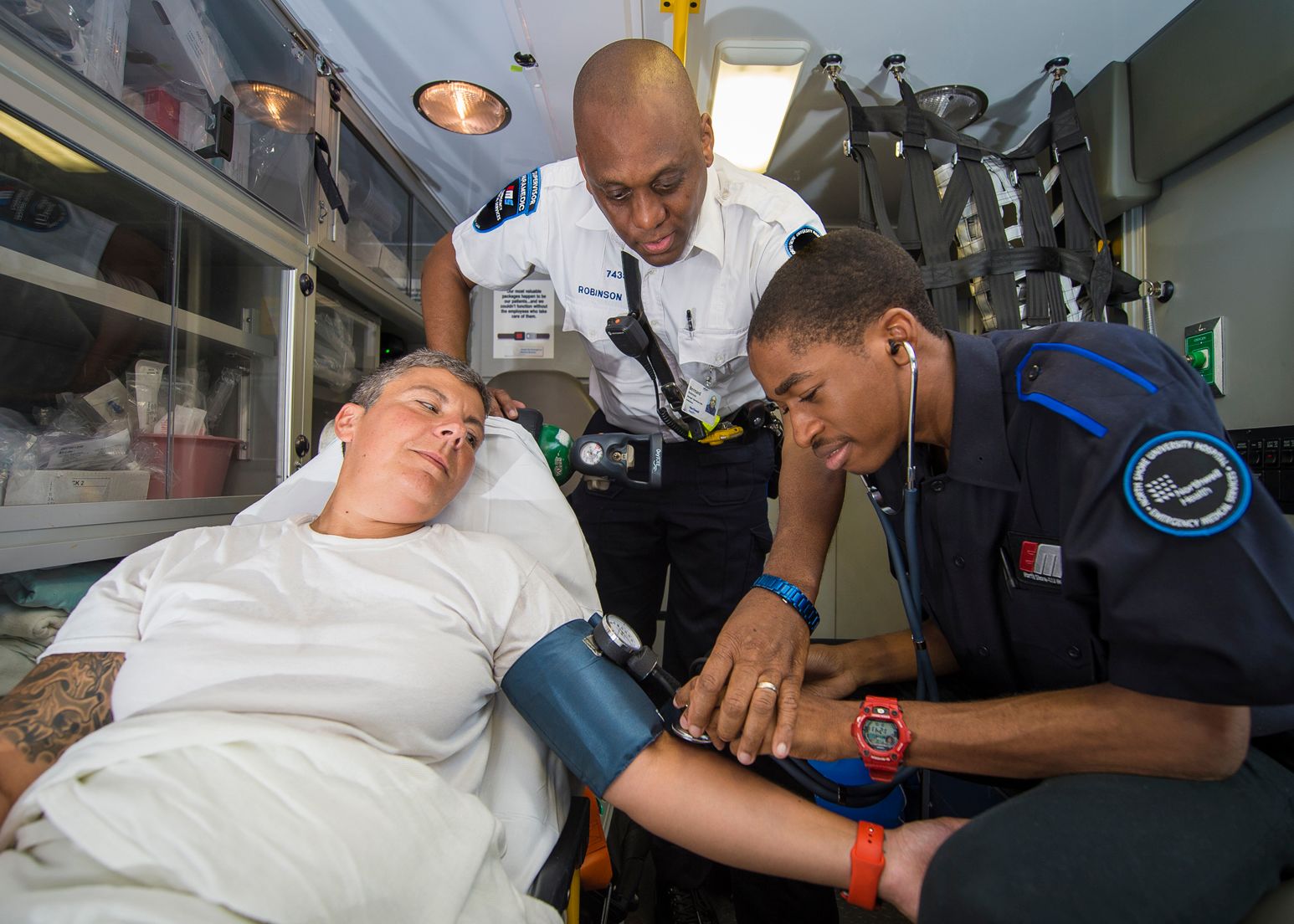Emergency medical services (EMS) is a crucial and noble career, gives an exciting career that is focused on saving lives and providing crucial healthcare. This field has tremendous growth potential and a high demand for qualified professionals. This article will guide you through each step necessary to become an EMT or paramedic. We’ll also go over many options of training like the approved by the DSHS EMS course.
Understanding the role and function of EMTs Paramedics, EMTs
First responders emergency medical Technicians and Paramedics offer immediate medical attention in a crisis situation. They are certified to assess patients, administering essential medical treatments, and transporting patients in a safe manner to medical centers for further care. EMTs and paramedics play an vital role in stabilizing patients during crucial moments, taking split-second decisions, and offering compassionate care in times of emotional distress. For more information, click Steps to become a Paramedic

Step 1: Become an EMT:
To become an EMT you’ll need to successfully complete a range of educational and training programs. These can differ depending on the certification level you are aiming to obtain. There are three levels of EMT certification.
1. EMT-Basic: This is a certification an entry-level certification and requires 100 to 150 training hours. EMT-Bs learn about basic medical treatment, including CPR, bleeding management, and basic airway control.
2. EMT Intermediate (EMT I): EMT I requires further training, and this can be different for each state. This level may be combined with EMT B in certain states, but it may also require 200-400 hours of instruction. It also includes intravenous treatment and expanded medical knowledge.
3. EMT Paramedic (EMT P): EMT-P is the highest level of certification available to EMTs. The training required to obtain this certification usually lasts from 1,000 to 1,800 hours. Paramedics can perform advanced medical procedures including administering medication in the form of EKGs, interpreting them and advanced airway management.
Step 2: Requiring paramedic certification
In order to become a Paramedic, you have to pass the EMTB or EMTI levels and gain some experience in the field. After that, it is possible to take part in a paramedic education program, which usually takes approximately one to two years complete. Through the rigorous training, you’ll study the latest medical subjects. You’ll also gain the knowledge and skills needed to handle difficult scenarios.
Explore EMT possibilities for training:
You can choose from a range of options regarding EMT certification, based upon the level you’d like to reach. EMT courses are usually offered by medical trade schools and community colleges at all certification levels. The programs offer a mix of classroom training as well as hands-on training and hands-on experience in the field and in clinical settings.
If you are looking for a complete and comprehensive EMT course that could lead to a degree from a university or college, they may also offer EMT training at the EMT-Paramedic levels. These programs will provide you with a deeper understanding of emergency services as well as more insight into medical decisions.
Step 4: Ensuring DSHS is approved EMS Training:
For aspiring EMTs and paramedics it’s crucial to make sure that the training program you select is DSHS certified. The Department of State Health Services (DSHS) recognizes EMS training programs to make sure that they are in line with the highest requirements for education and competency. You can rest assured that you will be getting the most effective training when you enroll in a DSHS accredited EMS training program.
EMTs and paramedics are highly regarded careers. As first emergency responders, EMTs and paramedics play important roles in helping save lives and provide prompt medical treatment in emergency situations. To be aspiring EMTs or paramedics to embark on this life-saving endeavor they must finish all the required education and training programs. The EMT certification process can be completed at a community college, medical trade school, or a university, depending on the level of certification desired.
While you are considering training options, it’s essential to ensure that the EMS training program is DSHS approved by the DSHS. It is safe to know that the training you receive will meet all standards necessary to get EMT or paramedic certification.
The demand for skilled emergency medical professionals rises, EMS provides a wealth of job opportunities and opportunities to improve the lives of others. If you are an EMT Basic or want to be a paramedic your commitment to critical healthcare will be rewarded with a rewarding and purposeful job in emergency medical services.